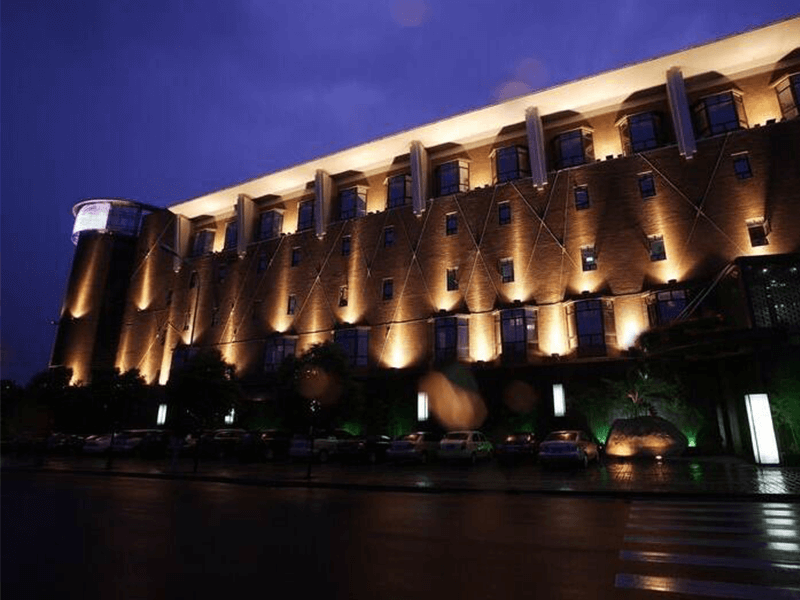Spot: 5° – 18°
Spot beam angles, spanning from 5 to 18 degrees, are optimal for precisely highlighting specific objects or features within a space. Ideal for accentuating art pieces, retail displays, or performers on stage, the narrower the angle, the more intense and focused the light. Spotlights are common in museums, galleries, and upscale retail spaces.
Narrow: 18° – 30°
For focused illumination, select beam angles falling within the 18 to 30-degree range. Suited for settings like reading corners, kitchen countertops, or workstations, these angles concentrate light more than wider alternatives, creating a focused environment that enhances productivity and minimizes eye strain.
Narrow Flood: 30° – 60°
The narrow flood category, spanning from 30 to 60 degrees, provides a versatile middle ground for beam angle selection. Often employed in smaller rooms like offices or kitchens, this type of lighting offers a balanced distribution—wide enough for comprehensive coverage yet allowing for some focus. It strikes a harmonious balance between not being overly harsh or too soft.
Flood: 60° – 90°
Rooms with larger dimensions or open spaces benefit from flood beam angles ranging from 60 to 90 degrees, delivering a soft, even light. Widely used in places such as supermarkets, warehouses, and auditoriums that demand extensive coverage, these broader angles effectively diffuse light across expansive areas, reducing the number of fixtures required.
Wide Flood: 90° – 120°
Outdoor areas like parks, buildings, and streets benefit from flood angles between 90 and 120 degrees. The expansive angle ensures wider light coverage, enhancing visibility and safety in open spaces.
Elliptical: 5° – 50° + 90° – 180°
Elliptical beam angles offer asymmetrical light distribution, providing versatility for unique applications such as wall grazing or illuminating pathways. Featuring customizable horizontal angles ranging from 5 to 50 degrees and vertical angles spanning from 90 to 180 degrees, elliptical lighting is tailored for specialized applications across diverse settings.
